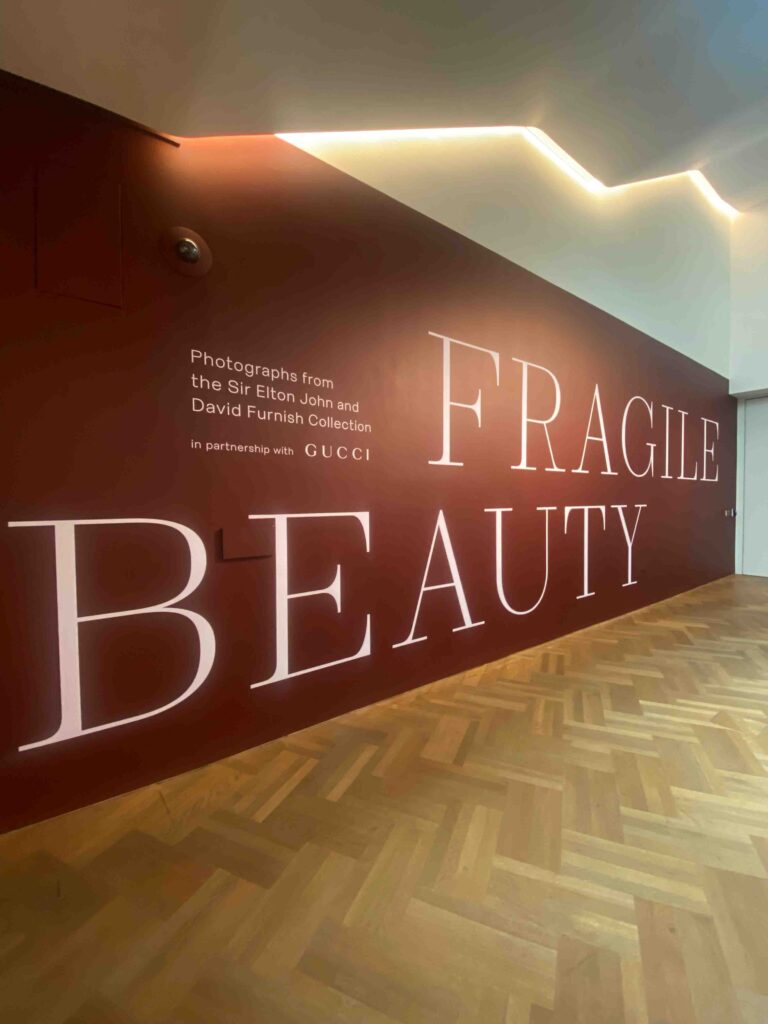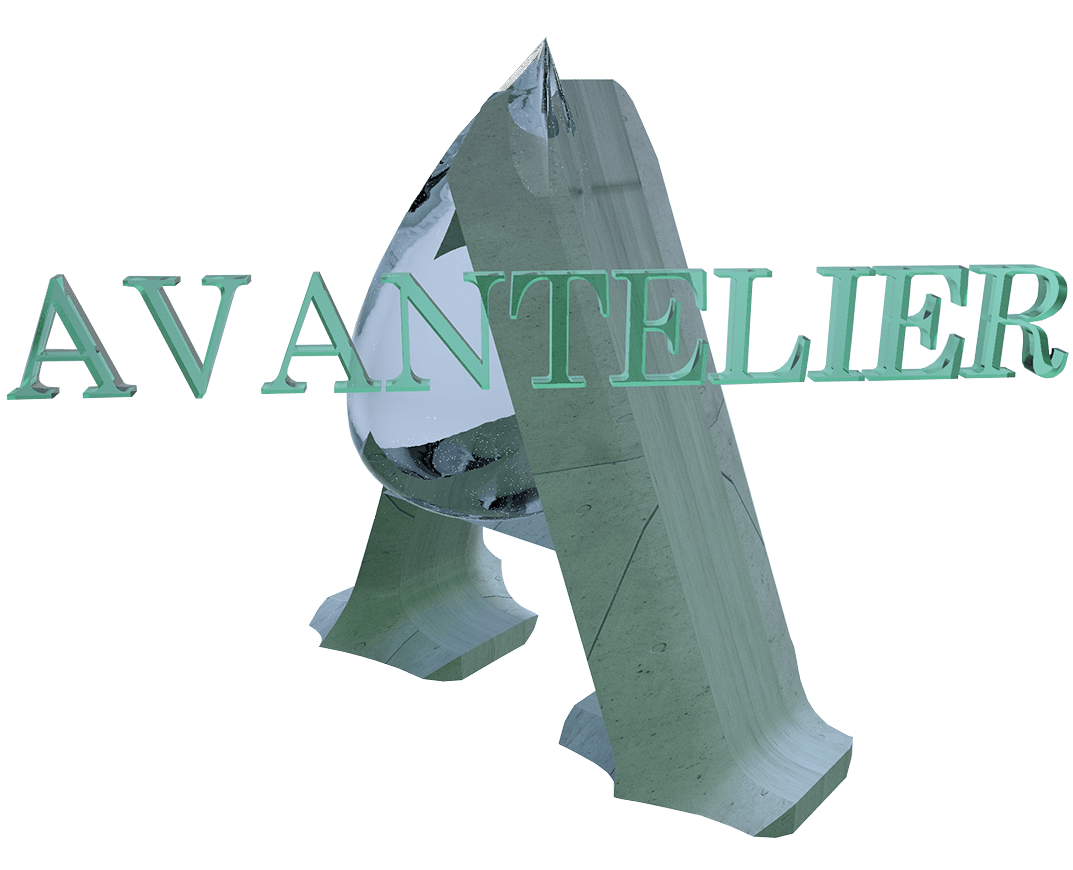Writing by Avantelier, Photo|Video by Avantelier team
London Design Biennale 2023 has taken centre stage at Somerset House, captivating visitors with a remarkable showcase of design-driven innovation and collaborative endeavours from across the globe. Curated by Nieuwe Instituut, the esteemed Dutch national museum and institute for architecture, design, and digital culture, this year’s Biennale explores the theme of “The Global Game: Remapping Collaborations,” inviting designers to reimagine the ways nations cooperate in an interconnected world.
With over 40 designers hailing from diverse continents, the Biennale provides a dynamic platform for creative minds to present their thought-provoking installations, innovative designs, and visionary concepts. The event aims to inspire visitors and ignite conversations about the pivotal role of design in shaping a collaborative and sustainable future.
The “Poetics of Necessity” pavilion by TŁO Michał Sikorski Architects is a multi-national project that focuses on a humanitarian effort led by architects Petro Vladimirov and Zofia Jaworowska. The project involves collecting disused windows from Poland to aid in the reconstruction of homes in Ukraine, where windows are frequently destroyed due to Russian shelling. Since Ukraine heavily relies on glass supplies from Russia, this initiative is crucial in providing alternative sources for windows.
As part of the London Design Biennale, the project was expanded to the UK, where over 30 windows donated by Londoners were showcased in the exhibition before being sent to Ukraine. The installation not only highlights the collaboration between architects and local professionals but also demonstrates one of the many techniques (over 100 in total) developed by Vladimirov and Jaworowska to install the windows, regardless of their size or shape. The pavilion emphasizes the importance of addressing the practical needs of communities affected by conflict and showcases the creative and innovative approaches taken by architects to solve real-world problems.
The other of the most anticipated pavilions at the Biennale is the Taiwan Pavilion, entitled “The Visible Shop.” Drawing inspiration from the bustling street scenes and the collage-like living during the pandemic, the pavilion celebrates Taiwan’s vibrant and creative industries. It shines a spotlight on the country’s pivotal role as a trade hub and manufacturing powerhouse within the global supply chain. Through an immersive experience, visitors are transported into the heart of Taiwan’s unique economy and industries.
Pushing the boundaries of design even further, Ai-Da Robot steals the spotlight with its exploration of artificial intelligence’s impact on interior design. As the world’s first ultra-realistic humanoid robot artist, Ai-Da presents designs for home interiors, prompting viewers to question the role of AI in shaping our living spaces. The exhibit encourages visitors to reflect on the intricate relationship between AI, the human mind, and the future of design.
In addition to these groundbreaking exhibits, the Biennale features pavilions from countries such as the Dominican Republic, Dubai, Austria, Italy, Bidi Bidi, Ukraine, Chile, Spain & Peru, and Turkey. Each pavilion offers a distinctive perspective on collaboration and innovation, showcasing the creative visions and groundbreaking ideas of designers from diverse backgrounds.
The London Design Biennale 2023 promises to be a transformative event in the world of design, bringing together cutting-edge ideas, interactive experiences, and thought-provoking installations. It serves as a powerful platform for designers to explore new possibilities, challenge conventions, and inspire global collaborations that can shape a better tomorrow.
As the exhibition opens its doors to the public, visitors are invited to immerse themselves in the interactive installations, engage with the designers, and be inspired by the profound impact of design. The London Design Biennale 2023 is set to captivate audiences with its visionary concepts, innovative designs, and the boundless potential of collaborative creativity.
Introduction Each Space:
Taiwan Pavilion: Titled “The Visible Shop,” it showcases Taiwan’s vibrant and creative industries, highlighting the country’s role as a trade hub and manufacturing powerhouse within the global supply chain.
Ai-Da Robot: The world’s first ultra-realistic robot artist presents designs that question the role of AI in interior spaces, exploring the unexpected outcomes of advanced AI capabilities.
Dominican Republic: LiLeon presents two projects titled “LLAMADA – Calling” and “TE VEO, ME VEO – I see you, I see me,” focusing on building stronger relationships, countering discrimination, promoting social inclusion, and stimulating imagination.
Dubai: The installation titled “And Beyond” celebrates Dubai’s role as a hub of creativity, collaboration, and innovation, showcasing historical and futuristic achievements made possible through human cooperation.
Austria: “BROT: Baking the Future” explores the multifaceted nature of bread as a cultural technique, highlighting its significance in aesthetic practice, new technologies in grain cultivation and yeast modification, and microbial culture.
Italy: “Unseen Collaborations” examines the impact of large cruise ships and their decommissioning processes, reflecting on the human, social, political, and environmental aspects of these projects.
Bidi Bidi : The Bidi Bidi Music & Arts Centre, an interdisciplinary collaboration, provides a creative space in a refugee settlement, featuring a performance venue, classrooms, recording studio, tree nursery, and vegetable garden.
Beatie Wolfe: “imPRINTING: The Artist’s Brain” offers an immersive experience inside the artist’s brain, exploring channels of music, memory, collaborations, and conversations through a retro-futuristic thinking cap.
Ukraine: “The Darkest Hour is Just Before Dawn” focuses on rebuilding communication between Ukraine and the world, showcasing connections between modern Ukrainian design and cultural traditions, emphasizing intercultural communications.
Chile: “Materia Prestada” highlights innovative use of wood cellulose as a bio medium, linking it with crafts, tactile narratives, and digital technologies, reflecting on Chile’s forest industry and extractivist processes.
Spain & Peru: “Common Vibrations” showcases the shared cultural heritage of Spain and Peru through the percussion instrument called the ‘cajón,’ inviting visitors to engage in a percussive dialogue.
Turkey: “Openwork | Acik Yapit” is a performative space and theatrical exhibition exploring themes of gates, liminality, displacement, and exchange, inviting visitors to consider and reflect on the blurred definitions and remapping of borders.
Additionally, there are two other installations mentioned:
“Poetics of Necessity” by TŁO Michał Sikorski Architects, which focuses on a humanitarian project collecting disused windows from Poland to help rebuild homes in Ukraine.
“Creative Differences” by Automorph Network, featuring self-shaped objects and playful sea creatures made from silicone, exploring natural forces and self-shaping design techniques.
Please note that these summaries provide a brief overview and may not capture all the details and nuances of each installation.
Viewing World Current Affairs through Design
Design has the ability to reflect and respond to the state of global affairs, providing unique perspectives and solutions. By looking at the world’s geopolitical landscape through the lens of design, we can gain insights into the complex dynamics and trends shaping our world.





